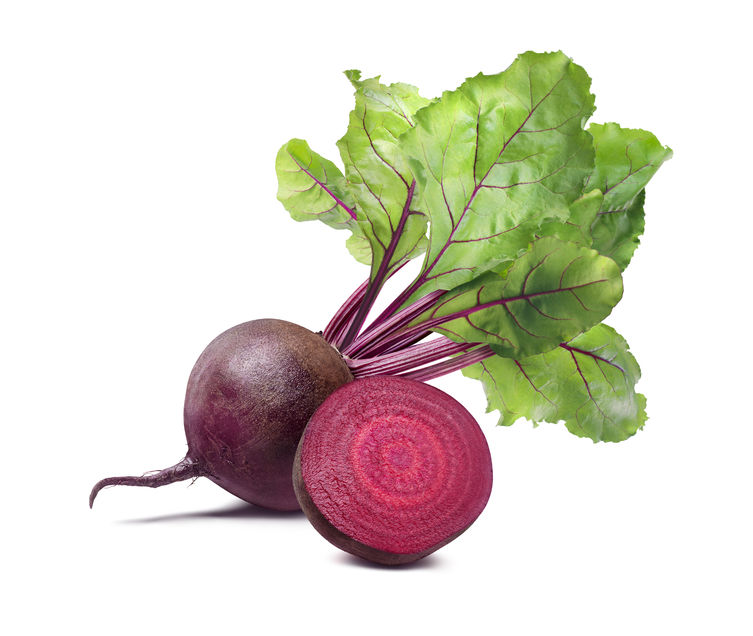What is Borscht and its Culinary History?
Borscht is a traditional Eastern European soup that is particularly associated with Russian, Ukrainian, Polish, and other Slavic cuisines. It is typically made with beetroots as a primary ingredient, which gives the soup its characteristic deep red color. However, variations of borscht exist, and ingredients can vary depending on regional and personal preferences.
The history of borscht traces back several centuries and is intertwined with the culinary traditions of Eastern Europe. The exact origins of borscht are not definitively known, but it is believed to have originated in Ukraine, where it has been a staple dish for centuries. Over time, borscht spread to other parts of Eastern Europe and became a beloved dish in Russia, Poland, Belarus, and other neighboring countries.
The basic ingredients of borscht typically include beetroots, cabbage, potatoes, carrots, onions, and sometimes meat (such as beef or pork), although vegetarian and vegan variations are also common. Borscht is often seasoned with ingredients like garlic, dill, bay leaves, and sometimes a splash of vinegar or lemon juice for acidity.
Borscht can be served hot or cold, depending on personal preference and the regional culinary traditions. In some variations, sour cream is added as a garnish when serving the soup.
Borscht has evolved over time and has become a symbol of cultural identity for many Eastern European communities. It has also gained popularity in other parts of the world, where it is appreciated for its vibrant color, hearty flavor, and nutritional value.



